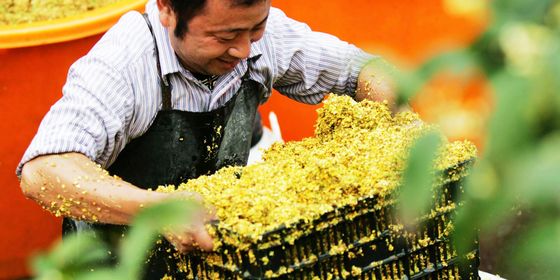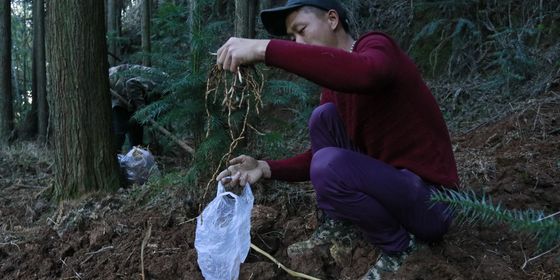Learn how to make the ‘Sweet Dew of the Willow Branch,' a delicious sweet summer treat
In summer 1984, the chefs at the famous Hong Kong restaurant Lei Garden began experimenting in an attempt to create a new dish for the steamy hot summer months. By combining mango, pomelo, sago, and coconut milk they eventually created what is now a classic soupy summer treat found all over China. But the dessert, known provisionally as “pomelo mango sago,” failed to stand out against Hong Kong’s other liquid sweet treats, like sago and red bean soup (红豆西米露), or mango cream jelly (芒果凉粉). And so, the quest for a more attractive name began.
The story goes that the manager of the restaurant one day came across a story describing how the Guanyin Bodhisattva once collected the sweet dew (甘露) from a willow branch in her magic Vase of Mutton-Fat Jade (羊脂玉净瓶) to save people suffering because of a drought. “Sweet dew” worked perfectly as a poetic description of the dessert’s miraculous ability to quench people’s thirst and help them feel refreshed on a hot day. The manager bestowed the dessert the same name as the Guanyin Bodhisattva’s magical liquid: “Sweet Dew of the Willow Branch (杨枝甘露).”
Sweet Dew of the Willow Branch is associated with the Chinese classic Journey to the West, which helped boost the appeal of Lei Garden’s new dessert. In a popular scene of the legendary tale, Monkey King Sun Wukong destroys a mythological ginseng fruit tree belonging to a powerful god. The tree produced only 30 fruits every 10,000 years, which granted the power of immortality to any who ate them. The tree’s powerful god owner ordered Sun to bring the tree back to life, and he turned to the Guanyin Boddhisatva for help.













